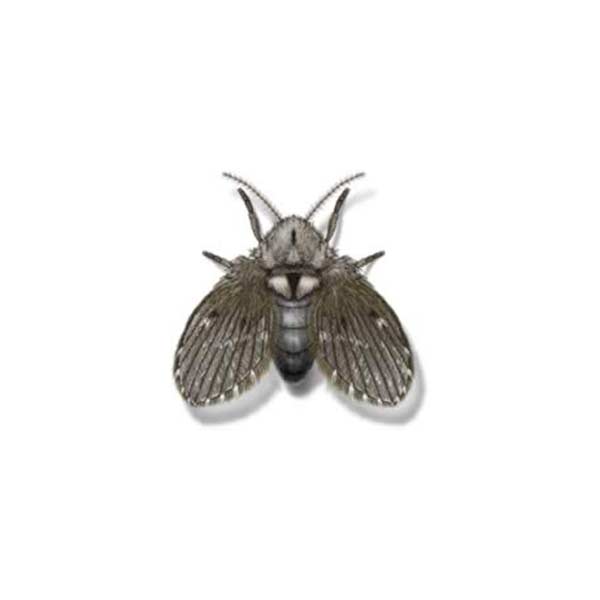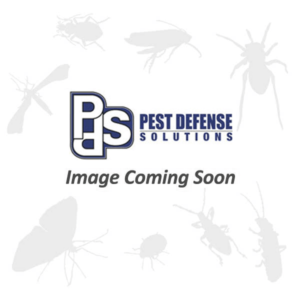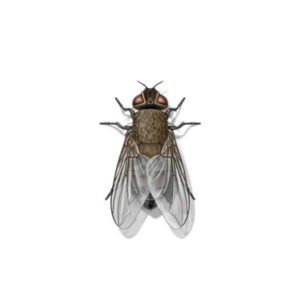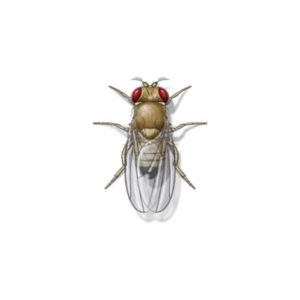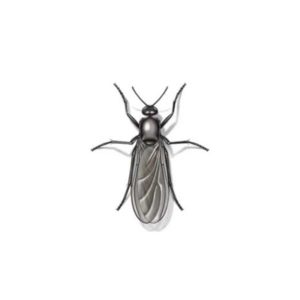Drain Fly Identification
At first glance, you may think these pests are moths, given their large antennae and furry appearance. But drain flies (sometimes called “moth flies”) are much smaller and spend most of their time near plumbing drains and sewage systems. Those found in the Illinois and Indiana area are not known for biting or otherwise transmitting disease, but they are persistent and difficult to get rid of, making them a nuisance.
Drain Fly Habits
Drain fly larvae like to feed on the scum deposits inside drains. Both larvae and adults are resistant to drowning and certain chemicals, like bleach, due to the repellent properties of the fine hairs on their bodies. The most effective method of control is to eliminate their food source by keeping sinks, tubs and drains clean and clear.
Drain Fly Prevention & Control
Prevention of flies begins with ensuring that they have a difficult time entering a dwelling. Cracks in windows and foundations should be sealed, and screens over doors and windows should be checked. The next, and perhaps most important step is to ensure that they do not have access to food. Garbage should be secured and removed as soon as possible, and food should not be left out longer than necessary. If an infestation is noticed, the item or items that have become a breeding area should be removed and adults should be eliminated with sprays, flypaper, or a fly swatter.
Need help with drain flies?
We'll call you! Leave your information below.

